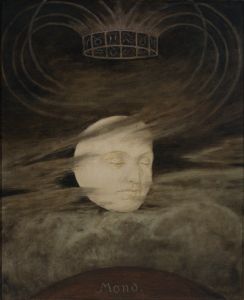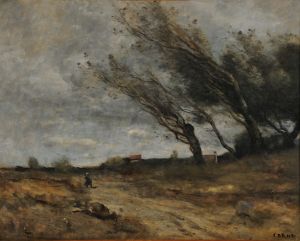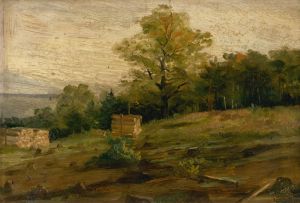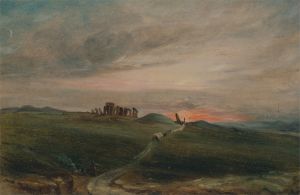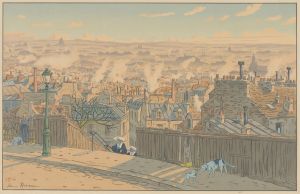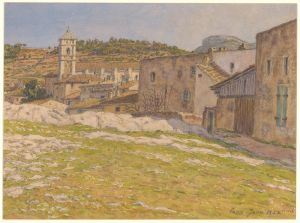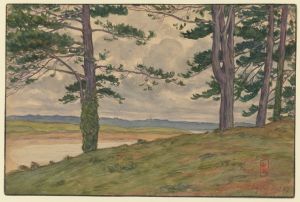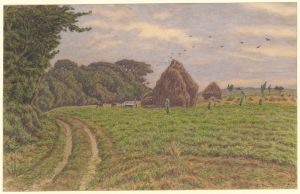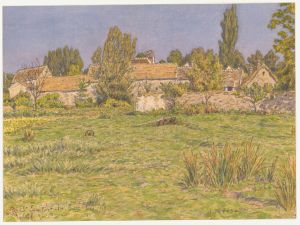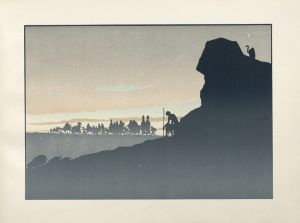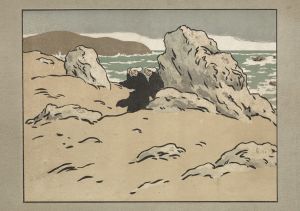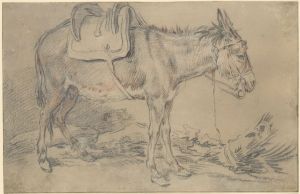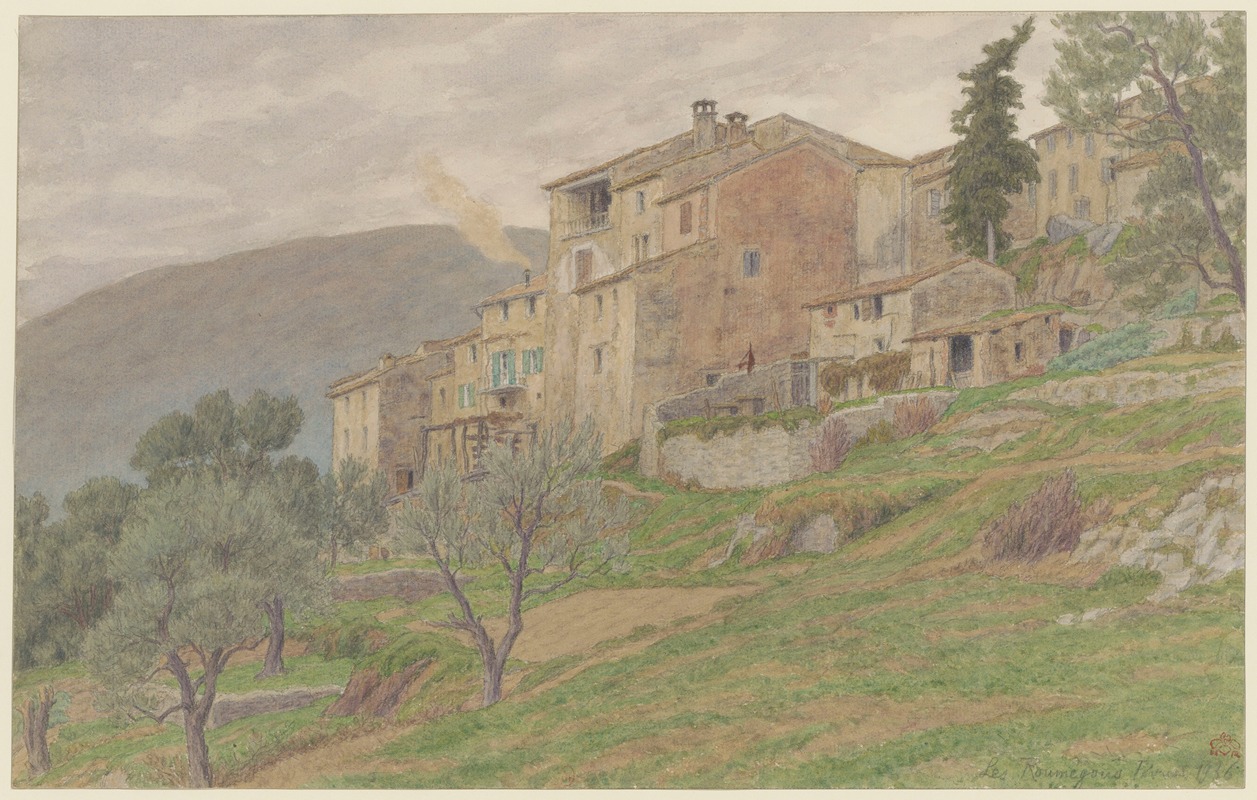
Les Roumégous
A hand-painted replica of Henri Rivière’s masterpiece Les Roumégous, meticulously crafted by professional artists to capture the true essence of the original. Each piece is created with museum-quality canvas and rare mineral pigments, carefully painted by experienced artists with delicate brushstrokes and rich, layered colors to perfectly recreate the texture of the original artwork. Unlike machine-printed reproductions, this hand-painted version brings the painting to life, infused with the artist’s emotions and skill in every stroke. Whether for personal collection or home decoration, it instantly elevates the artistic atmosphere of any space.
Henri Rivière (1864-1951) was a French artist known for his contributions to the field of printmaking and his involvement in the fin-de-siècle art scene in Paris. He is particularly celebrated for his innovative use of color and his ability to capture the essence of the French landscape and daily life through his works. One of his notable pieces is "Les Roumégous."
"Les Roumégous" is a work that exemplifies Rivière's mastery in the art of lithography and his keen observation of rural life. The title "Les Roumégous" translates to "The Roumégous," which refers to a specific group or perhaps a family name, though the exact context within the artwork is not widely documented. The piece is part of Rivière's broader body of work that often depicted scenes from the French countryside, showcasing his ability to blend natural beauty with human activity.
Rivière was heavily influenced by Japanese art, particularly the ukiyo-e prints, which is evident in his use of bold lines, flat areas of color, and attention to detail. This influence is apparent in "Les Roumégous," where the composition and color palette reflect a harmonious balance between simplicity and complexity, a hallmark of Japanese aesthetics.
The artwork captures a serene moment in a rural setting, likely in Brittany, a region in France that Rivière frequently depicted in his works. The scene is characterized by its tranquil atmosphere and the meticulous rendering of natural elements such as trees, fields, and possibly a body of water. Rivière's use of light and shadow adds depth to the composition, creating a sense of realism while maintaining an artistic stylization that is uniquely his own.
Henri Rivière's contribution to the art world extends beyond his individual works. He was an integral part of the artistic community in Montmartre, Paris, where he was associated with the Chat Noir cabaret. This venue was a hub for artists, writers, and musicians, and Rivière's involvement there helped to shape the cultural landscape of the time. His works, including "Les Roumégous," reflect the spirit of innovation and creativity that defined the era.
"Les Roumégous" is a testament to Rivière's skill as a printmaker and his ability to convey the quiet beauty of rural France. It stands as an example of his dedication to capturing the essence of his surroundings and his influence from Japanese art, which together create a unique and enduring piece of art. Rivière's legacy continues to be celebrated for its contribution to the development of modern printmaking and its reflection of the cultural and artistic movements of his time.





